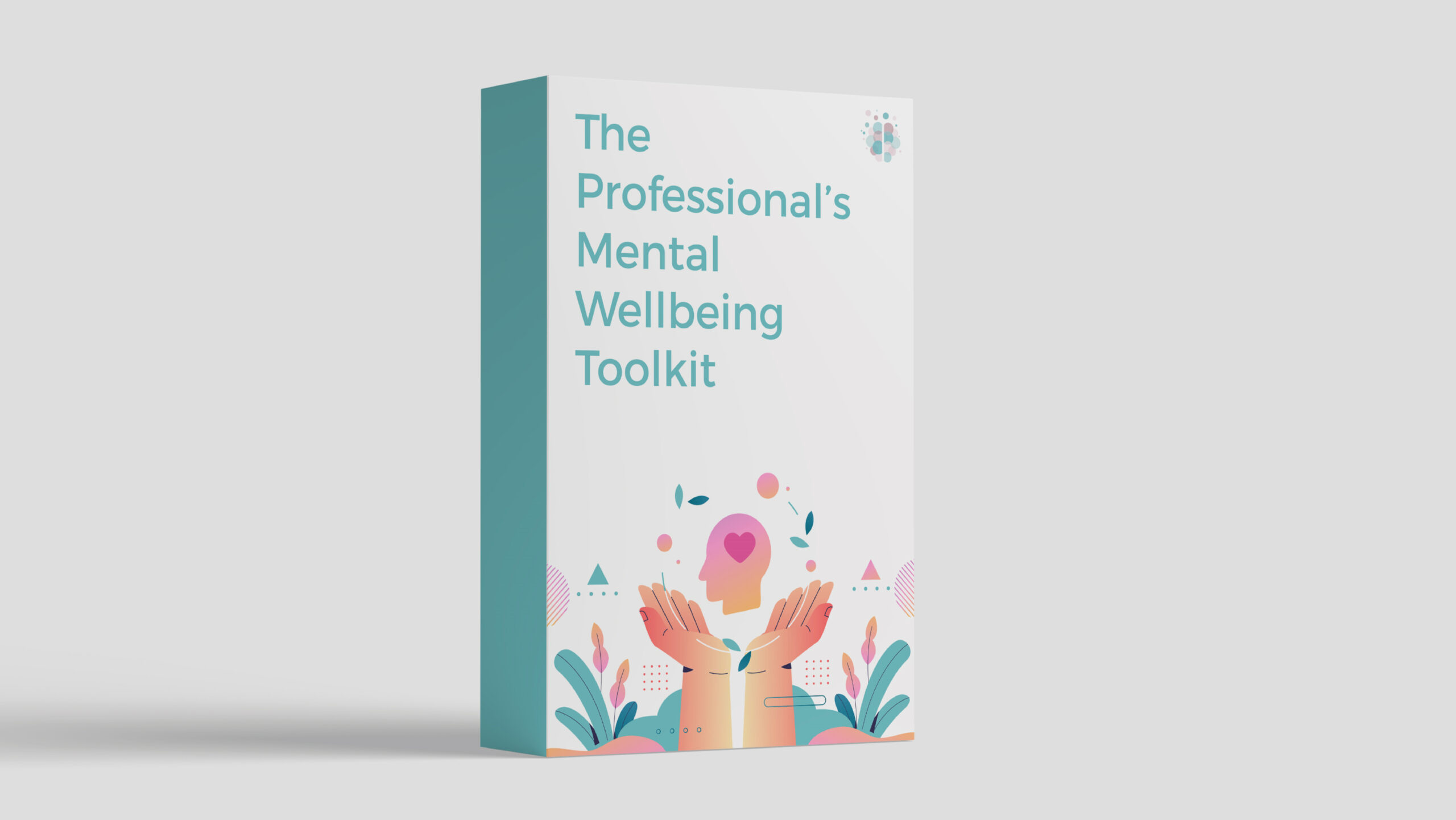Motivational Interviewing (MI) is a counselling method that aims to resolve ambivalence or resistance clients have to changing unhelpful behaviours.
It involves using strategies that help the client build internal motivation and movement towards their personal goals. Using MI, you elicit and explore the client’s own arguments for change which then mobilizes their inner tools for change.
In this article, we’ll explore the background of MI, its guiding principles, and six types of MI questions for therapists.
A Brief History of MI
MI was developed in the 1980s, founded by Stephen Rollnick and William R. Miller. In the spirit of Carl Roger’s person-centered counselling, MI emphasises creating a non-judgmental and collaborative atmosphere for change to occur.
MI was founded primarily for those receiving substance abuse treatment. Today, it’s widely used among people who have mixed feelings about change, often in the beginning stages of their therapeutic journey.
Potential Benefits of MI
- Resolved ambivalence
- Reduction of resistance
- Discovered inner motivation/tools to make behavioural changes
- Commitment to therapy
- New reasons to maintain sobriety
- Trust with the treatment process
MI has a substantial body of research supporting its effectiveness, making it an evidence-based approach in various fields.
MI Myth-Busting
MI is not:
- Direct persuasion
- Manipulation
- Argumentative
- Advising what clients “should” do
- Just a set of techniques
- For therapists only
In reality, MI is a client-centered approach that respects autonomy. It seeks to explore and strengthen the client's own motivations for change. It’s a comprehensive approach that includes a set of guiding principles and a spirit of collaboration.
MI was initially developed in the context of therapy, but its principles and techniques can be applied by a variety of professionals, including coaches, healthcare providers, and educators.
Guiding Principles of MI
Any practitioner implementing MI will often adhere to some general principles during sessions. Four general principles include:
1. Express Empathy
Practicing empathy communicates acceptance of an individual as they are, allowing the freedom for change.
As Carl Rogers noted, "The curious paradox is that when I accept myself just as I am, then I can change." Like this quote? Be sure to get our free printable wall art featuring it.
2. Develop Discrepancy
This principle helps a client see and feel how current behaviours prevent personal goals or are inconsistent with their values. An example of discrepancy could be someone being a smoker and also believing smoking is bad for you.
3. Roll With Resistance
Some signs of resistance in session can be arguing, interrupting, ignoring, and exhibiting denial.
Some ways of handling this resistance can include a simple reflection, a double-sided reflection (adding the other side of ambivalence to reflected statements of the client’s), clarification, shifting focus, and emphasizing personal choice and control along with normalizing ambivalence as natural.
OARS is a specific MI strategy that’s used in early stages of therapy when resistance is exhibited.
OARS stands for:
- Asking Open-ended questions
- Affirming the client
- Practicing Reflective listening
- Summarizing reflections
4. Support Self-Efficacy
Building up a client’s self-efficacy can be done mainly by exploring past successes in other problem areas and applying those to the current situation. This can help reinforce that the client is responsible for choosing and carrying out personal change while building up the confidence of inner tools to do so.
Motivational Interviewing Questions
Therapists will often implement the use of MI in sessions through the types of questions and a series of comments/questions used in dialogue with a client.
Six specific techniques of questioning are the following:
1. Eliciting/Evoking "Change-Talk"
This strategy can be implemented in session when a clinician makes use of open-ended questions including questions that reflect a client’s desire, ability, reason and need for change.
By doing this, the client can do more talking and the clinician focus on reflective statements during a session. This can often assist with taking a less interrogative approach that can be perceived when using dead-end questions (i.e., how often do you use this substance? How many times have you been arrested?).
Some examples of open-ended questions that can elicit/evoke change talk include:
- Tell me what you like about your (insert problem/risky behaviour)?
- What makes you think it might be time for change?
- What brought you here today?
- What happens when you behave that way?
- What’s different for you this time?
- What’s that like for you?
2. Readiness to Change Ruler/Scaling Questions
This refers to scaled questions that allow the client to state their level of motivation from 1-10.
Upon identifying their number, the clinician may use further strategies to ask why a lower number was not selected, obtain ratings of confidence/readiness levels, have the client identify ways to strengthen their number on the scale, and other questioning to focus on prompting them to provide reasons why they have motivation for changing behaviour.
Examples of questions using the readiness ruler can include:
- On a scale from 1 to 10, how important is it to you to make (target change), where 1 is not at all important and 10 is extremely important?
- How ready are you to change any aspect of your (insert behavior)?
- Why did you choose this number and not a lower number?
- (If the number chosen is 1): What would you need to happen for you to consider making a change?
- How confident are you in being able to make this change, where 0 is not confident at all and 10 is?
- How might I help you go from x to a (higher number)?
- What would be your first step in making a change?
3. Querying Extremes
This type of MI questioning refers to the outcomes that can occur in the best and worst situations. Discussing these scenarios allows the clients and therapist to work through coping with negative possibilities and can help make the benefits of change more real.
Some example questions include:
- What’s the worst thing that could happen?
- What are the best things that might happen if you do make the change?
- What do you hope for the most?
4. Looking Forward/Looking Back
These questions work with building perspectives in the past or future orientation that help motivate change.
Looking forward/looking back questions sound like:
- What might happen if you don’t make any changes?
- What things were you able to do in life before x happened?
- Before your x became a problem, how were things better? Different?
- If you don’t change, what could your future be like?
- How would you like things to be different?
- If you were 100% successful in making changes, what would be different?
- How would you like your life to be different one week/month/year from now?
5. Decisional Balance
This refers to an approach to increase a client’s awareness of the issue before making a choice, allowing them to see the whole truth of the behaviour.
The goal is for a client to realize that they get some benefits from their problem/risky behaviour, and there will be some costs if they decide to change the behaviour.
Questions are meant to explore the benefits and disadvantages of the current behaviours and the therapist can then use a reflective, summary statement with the intent of addressing any client ambivalence.
Questions to explore can include:
- How do you benefit from this behaviour?
- What are some good things about your (insert problem/risky behaviour)? [Client answers]. Okay, on the flip side, what are some less good things about your (insert problem/risky behaviour)?
- Now that you’ve gone through both sides, where does this leave you?
6. Therapeutic Paradox
Technically, this is a statement rather than a type of question. Paradoxical statements can be used to get clients to argue the importance of the change they’re trying to make.
This is often used with clients who’ve been receiving treatment for some time but have made little progress. This approach naturally has some risk, so it’s best used later in treatment when a client is not making changes and the therapist can be prepared in the event the client decides they do not want to change at this time.
In this case, suggestions for a “vacation” from therapy (e.g., calling back in a month) can be made.
Examples of how to use a therapeutic paradox include:
- Maybe now is not the right time for you to make changes.
- You’ve been continuing to engage in (insert problem/unhelpful behaviour) and yet you say you want to (e.g., not have your spouse leave, get your license back, have custody of your children back, etc.). Maybe this isn’t a good time for you to try and make those changes.
- It sounds like you have a lot going on with trying to balance a career and a family, and these priorities are competing with your therapy.
Summary
MI is a client-centered approach that has been effective not just for its original intended population of substance use, but with multitudes of clients who need assistance in developing their own reason for change.
Six types of questions/statements that can be used in motivational interviewing are:
- Eliciting/evoking “change-talk”. What makes you think it might be time for change?
- Readiness to change ruler/scaling questions. On a scale from 1 to 10, how important is it to you to make (target change)?
- Querying extremes. What are the best things that might happen if you do make the change?
- Looking forward/looking back. What might happen if you don’t make any changes?
- Decisional balance. How do you/don't you benefit from this behaviour?
- Therapeutic paradox. Maybe now is not the right time for you to make changes.
We hope you found this helpful!
Build Your Therapy Toolkit
Want a library of practical tools to share with clients? Check out The Professional's Mental Wellbeing Toolkit today.
About Alyssa
Alyssa is a licensed mental health counselor and registered art therapist.
Alyssa has worked with a variety of clients in outpatient mental health settings in addition to working most recently with juveniles through Yale University’s Juvenile Justice Program.



